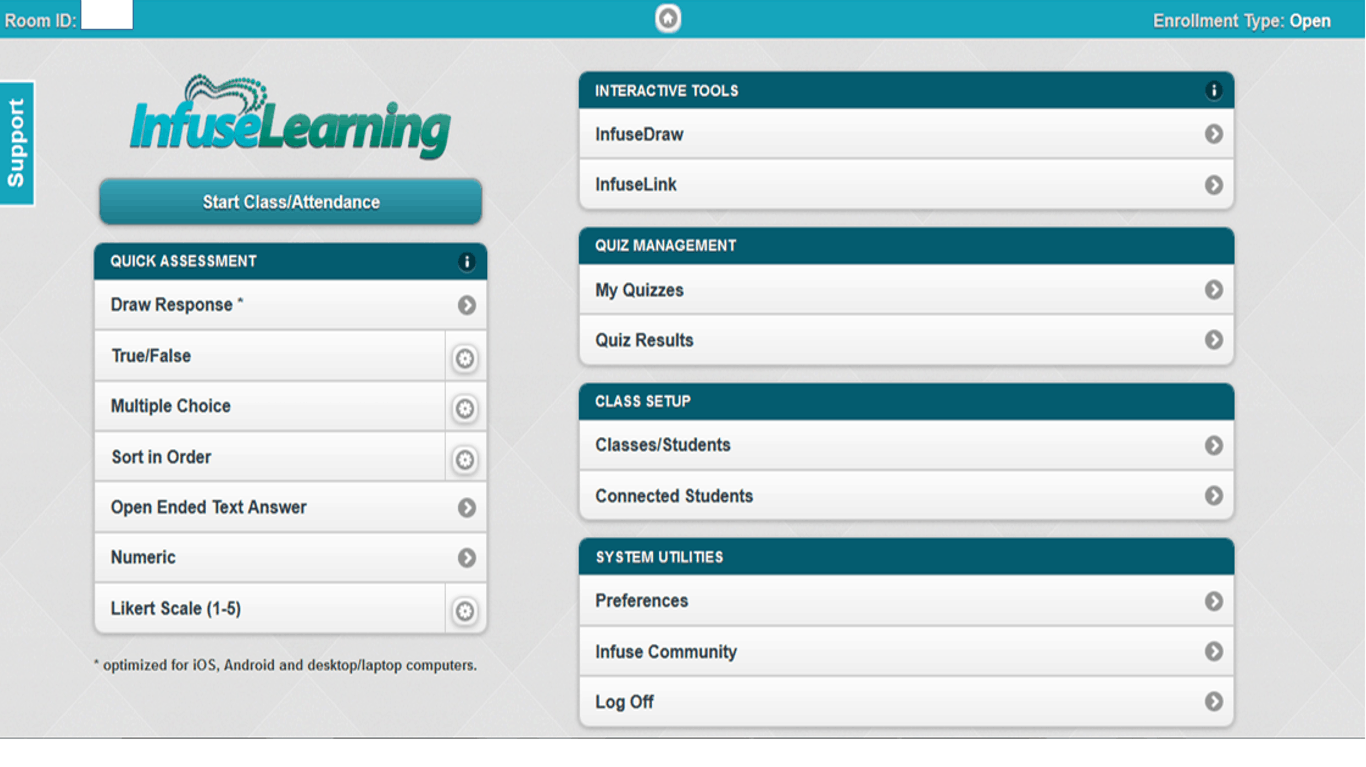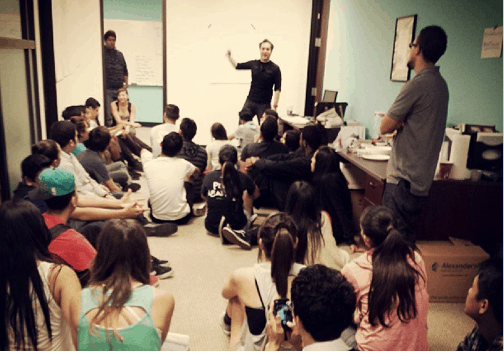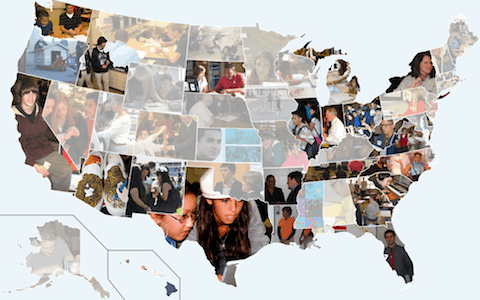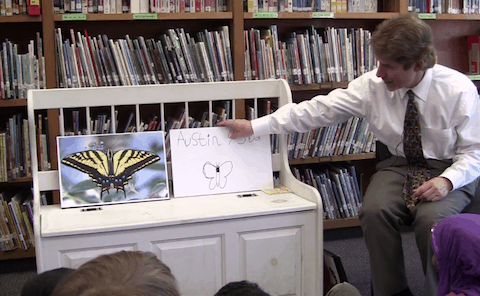Archive: 2013
14 Developments to Watch for in 2014
It's been a big year for innovations in learning. If 2012 was the year of the MOOC, 2013 was the year blended learning went mainstream--even schools that were just layering tabs on top of an obsolete model called it "blended." The following are 14 developments to watch for in 2014.
Rolling Out With Google Play for Education
It’s exciting to watch this space develop into an environment that just keeps getting more accessible for teachers and improving learning for students. Google for Education continues to add support and programs for teachers, admin and schools.
Loved The Hour Of Code? 3 Great Ideas For What To Do Next
Just because the Hour of Code is finished does not mean you have to stop now... Beyond that, here are our 3 best suggestions to empower students and teachers o continue working and foster their new found love of learning to code:
Springpoint: Designing Schools for Success
In October, Carnegie made new schools grants for Cleveland, New York City, Philadelphia and Denver. The first three districts will open 2 new schools. Denver will open 1 new school while also conducting a system wide planning process.
Why Measuring Student Growth Matters Now More than Ever
How can we ensure that teachers have the tools they need to be successful and that students are supported as learners?
No Confusion with InfuseLearning
In fact, there is no confusion with InfuseLearning. It simply works.
Tom’s 30 Best Blogs of 2013
Blended learning went mainstream in 2013-- truckloads of tablets showed up at schools; there was an explosion of apps; platforms got a little better; we still have a lot to learn. All the developments kept us busy. Here’s the creme de le creme, the top ten percent, of Tom’s contributions on Getting Smart this year.
Alumni Engagement and the Spirit of the Season
It’s about caring about each other, comforting one another, and embracing our common mission. In the words of our founder, College Summit “taps into the power of love” by giving our students something to love: themselves and each other.
Redefining What It Means to be a Successful School
A quick look down the “successful” and “highly successful” columns and it becomes clear that we set the bar pretty high. It’s also important to note that we believe successful school systems strive to achieve these outcomes for every student.
The Power of Student Work
The Common Core, however, will necessarily generate thousands of examples of high quality student work. If we are able to share these examples, teachers, students and parents will be able to see what both “off” and “on goal” work looks like.










